The Hillside Strangler, later the Hillside Stranglers, is the media epithet for one, later discovered to be two, American serial killers who terrorized Los Angeles, California, between October 1977 and February 1978, with the nicknames originating from the fact that many of the victims' bodies were discovered in the hills surrounding the city.
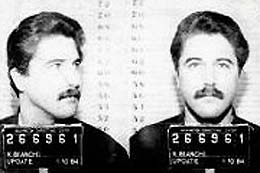
Kenneth Alessio Bianchi is an American serial killer, kidnapper, and rapist. He is known for the Hillside Strangler murders committed with his cousin Angelo Buono Jr. in Los Angeles, California, as well as for murdering two more women in Washington by himself. Bianchi is currently serving a sentence of life imprisonment in Washington State Penitentiary for these crimes. Bianchi was also at one time a suspect in the Alphabet murders, three unsolved murders in his home city of Rochester, New York, from 1971 to 1973.
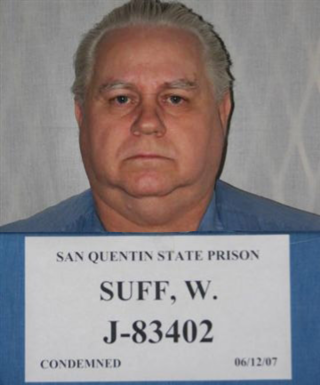
William Lester Suff, also known as The Riverside Prostitute Killer and The Lake Elsinore Killer, is an American serial killer.

The Ipswich serial murders, commonly known as the work of the Suffolk Strangler, took place between 30 October and 10 December 2006, during which time the bodies of five murdered sex workers were discovered at different locations near Ipswich, Suffolk, England, United Kingdom. Their bodies were discovered naked but there were no signs of sexual assault. Two of the victims, Anneli Alderton and Paula Clennell, were confirmed to have been killed by asphyxiation. A cause of death for the other victims, Gemma Adams, Tania Nicol and Annette Nicholls, was not established.
Henry Louis Wallace, also known as the “Taco Bell Strangler”, is an American serial killer who killed eleven black women in South Carolina and North Carolina from March 1990 to March 1994. He is currently awaiting execution at Central Prison in Raleigh.

Charles Ray Hatcher was an American serial killer. He was convicted in Missouri of one murder, has been linked to four others in Illinois and California, and confessed to having murdered a total of 16 people between 1969 and 1982.
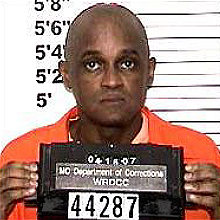
Lorenzo Jerome Gilyard Jr., known as The Kansas City Strangler, is an American serial killer. A former trash-company supervisor, Gilyard is believed to have raped and murdered at least 13 women and girls from 1977 to 1993. He was convicted of six counts of murder on March 16, 2007.

The Ripper Crew or the Chicago Rippers was an organized crime group of serial killers, cannibals, rapists, and necrophiles. The group composed of Robin Gecht and three associates: Edward Spreitzer, and brothers Andrew and Thomas Kokoraleis. They were suspected in the murders of 17 women in Illinois in 1981 and 1982, as well as the unrelated fatal shooting of a man in a random drive-by shooting. According to one of the detectives who investigated the case, Gecht "made Manson look like a Boy Scout."
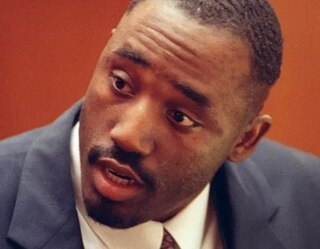
Benjamin Thomas Atkins , also known as The Woodward Corridor Killer, was an American serial killer and rapist who murdered, tortured, and raped 11 women in Highland Park and Detroit, Michigan, during a period of eight months between December 1991 and August 1992. He was apprehended after being arrested for rape charges and soon after he confessed to the murders. He was ultimately found guilty and given several life sentences in April 1994. He died from AIDS in 1997.

Walter Earl Ellis, known as The Milwaukee North Side Strangler, was an American serial killer who raped and strangled at least seven women in the city of Milwaukee, Wisconsin between 1986 and 2007. Until May 2009, the killings were considered to be independent of one another, but were then linked together via DNA profiling. Ellis was arrested as a suspect on September 7, 2009, and convicted for the seven murders in February 2011, receiving seven consecutive life sentences without the chance of parole.

Andre Crawford was an American serial killer, rapist and necrophile who killed 11 women between 1993 and 1999 in Chicago. Many of the women were addicted to drugs or worked as sex workers. He also had sex with their corpses. In 2009, Crawford was found guilty on all counts and sentenced to life imprisonment without parole.

Joseph Roy Metheny was an American serial killer and rapist from the Baltimore, Maryland area. While he claimed to have killed 13 people, sufficient evidence was only found to convict him of two murders. Research later confirmed 3 more victims, through matching his confessions to evidence.

Paul Frederick Runge is an American serial killer who sexually assaulted and murdered at least six women and one girl between 1995 and 1997, in Illinois' Cook and DuPage counties. Initially sentenced to death, his sentence was commuted by Governor Pat Quinn in 2011, when capital punishment was abolished in the state.
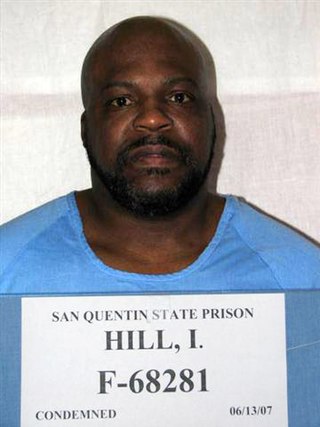
Ivan Jerome Hill, also known by his nickname The 60 Freeway Killer, is an American serial killer who raped and murdered at least eight women in Los Angeles between 1986 and 1994. Hill dumped his victims' corpses along the East-West Highway, known as "California State Route 60", contributing to his nickname. Hill was captured based on DNA profiling nearly a decade after his last murder and was sentenced to death in 2007.
Donald Murphy is an American suspected serial killer, sex offender and bank robber, convicted of murdering two prostitutes in Detroit in 1980. During this time, several similar murders occurred in the city, presumably committed by two or more killers operating in the area, with Murphy himself confessing to committing at least six of them. However, he was convicted of only two with the available evidence, and sentenced to 15–30 years imprisonment for each murder.
Eugene Victor Britt is an American serial killer and rapist who killed at least seven girls and women in Gary and Portage, Indiana between May and September 1995. Suspected in a total of ten murders, he was convicted and sentenced to life imprisonment.
The Southside Strangler is the media epithet given by the media, and later used by law enforcement, to a serial killer active in the South Side of Chicago from the 1990s and 2000s, responsible for the murders of numerous girls and young women. It would later be established that the killings were committed by different offenders, including several different serial killers.
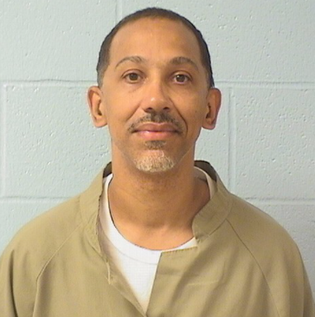
Kevin Taylor is an American serial killer and rapist who strangled four prostitutes to death following sexual encounters in Chicago, Illinois, between June and August 2001. After a would be fifth victim survived and identified him, Taylor was arrested and sentenced to multiple life terms in 2006.
Donald Arthur Piper is an American murderer and suspected serial killer convicted of killing two women in hotels around West Des Moines and Clive, Iowa in 1993 and 1997, but is considered a suspect in four other killings. For his confirmed crimes, Piper was convicted and sentenced to two life terms.
The San Diego serial murders were a series of murders of women that, according to the official investigation's version, occurred between 1985 and 1990 within San Diego, California, and the surrounding area. At least 28 victims were prostitutes and were known to use drugs, with four remaining unidentified.














